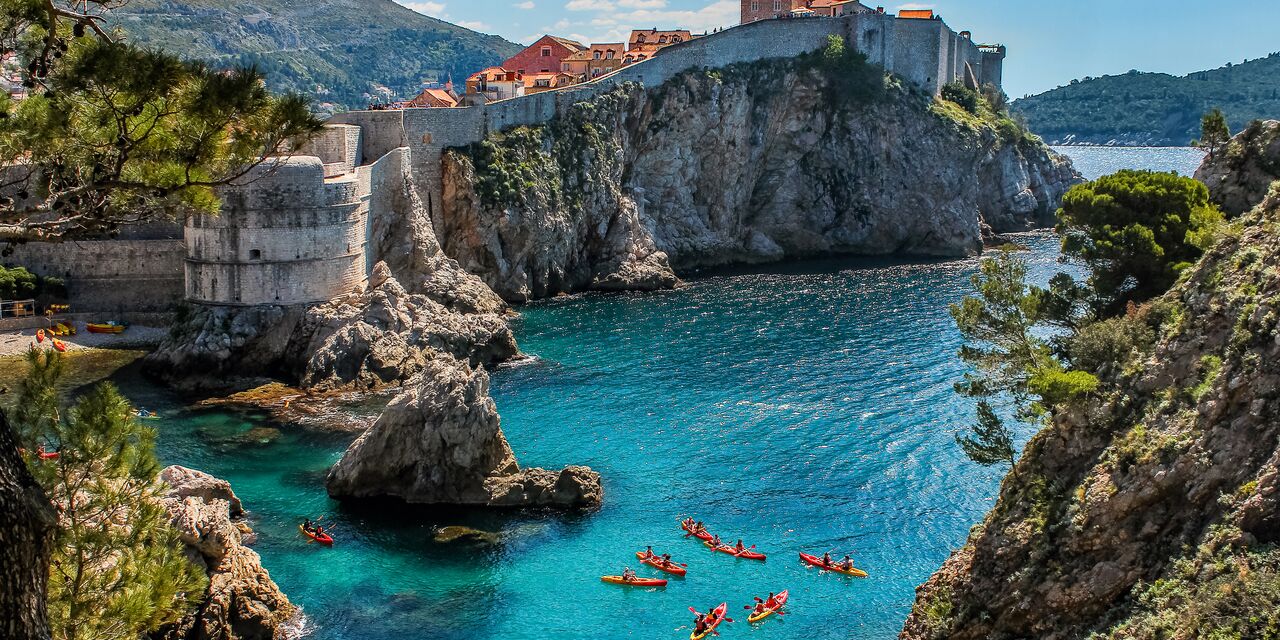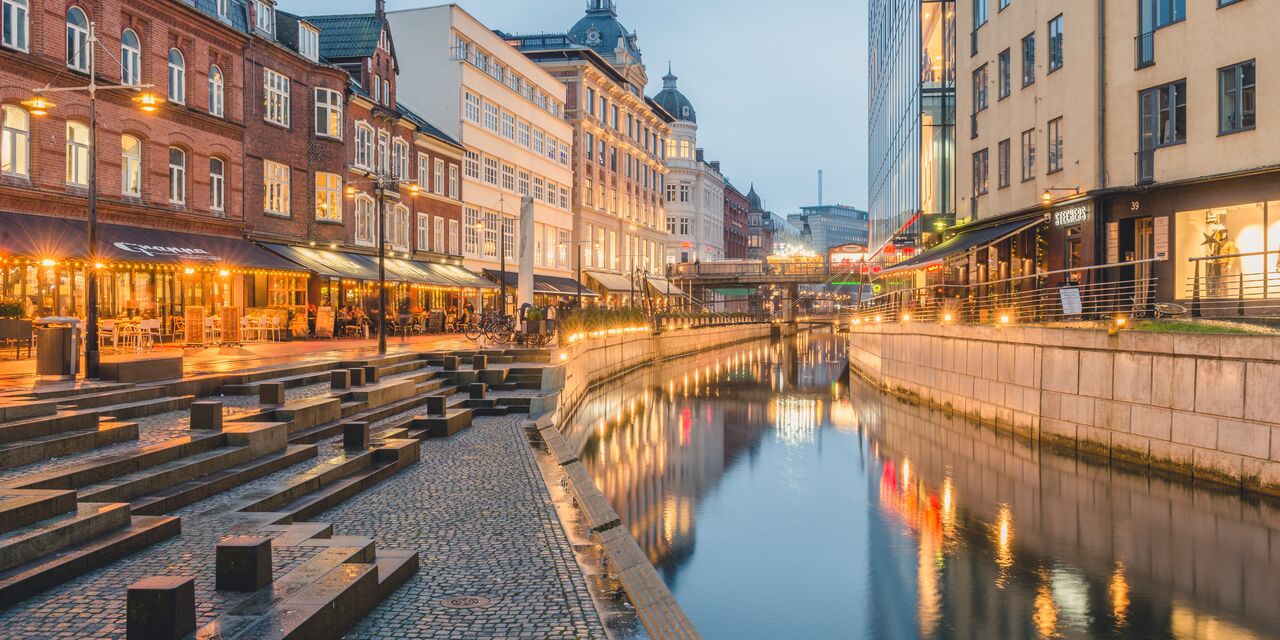Russians and Germans
Stare Miasto began in the 13th century around the castle of the Dukes of Masovia, which then became the Royal Palace. Initially, the old city was surrounded by a dirt wall that was later replaced by a stone wall. For many years the neighbourhood played a central role in city life. However, during the 19th century this part of Poland that included Warsaw was conquered by the Russian Empire, and Stare Miasto lost its commercial importance as the heart of the capital. After World War I, Poland regained its sovereignty and the castle became the seat of the country's highest office - that of the president and his chancellery. The country’s self-determination proved short-lived when Germany invaded in 1939. Although the Luftwaffe caused substantial damage to the old city, most of it survived. But when in 1944 the Germans retaliated for the Warsaw Uprising, they left Stare Miasto in ruins.

A sunny day on Rynek Starego Miasta
Around the market square
Rynek Starego Miasta, the lively central market square, is a good starting point for exploring the old city. Visit the nearby St. John's Cathedral, where Polish kings were crowned and buried. Also take a look in the Ul. Piwna, the longest street of the old city; paintings and gargoyles adorn the façades. Treat yourself to a delicious refreshment at Karmnik, the popular cocktail bar at number 4A.














